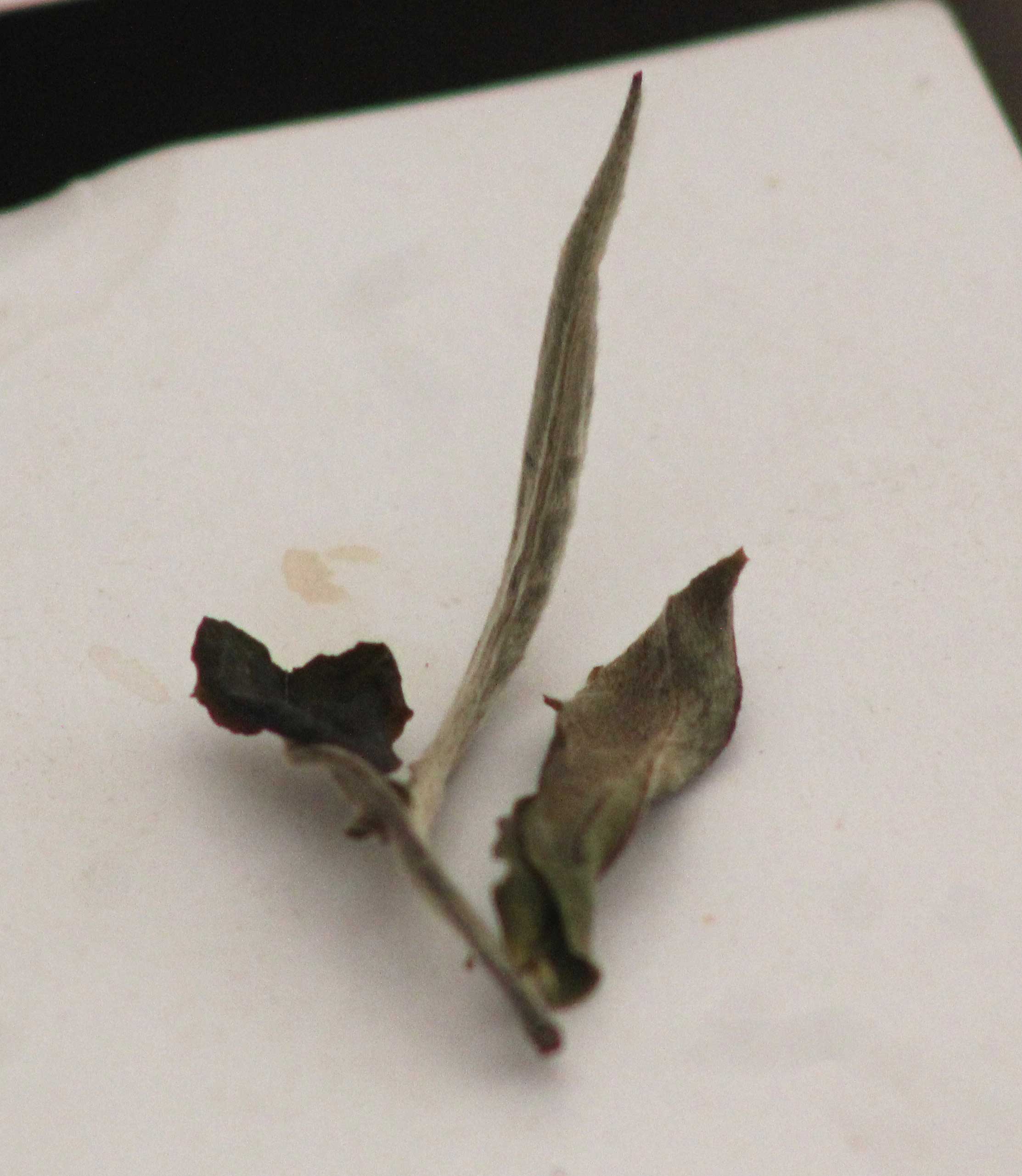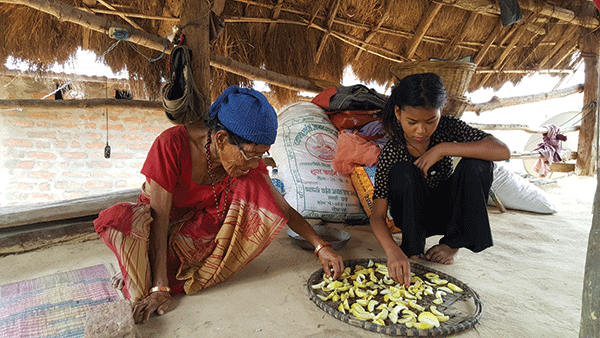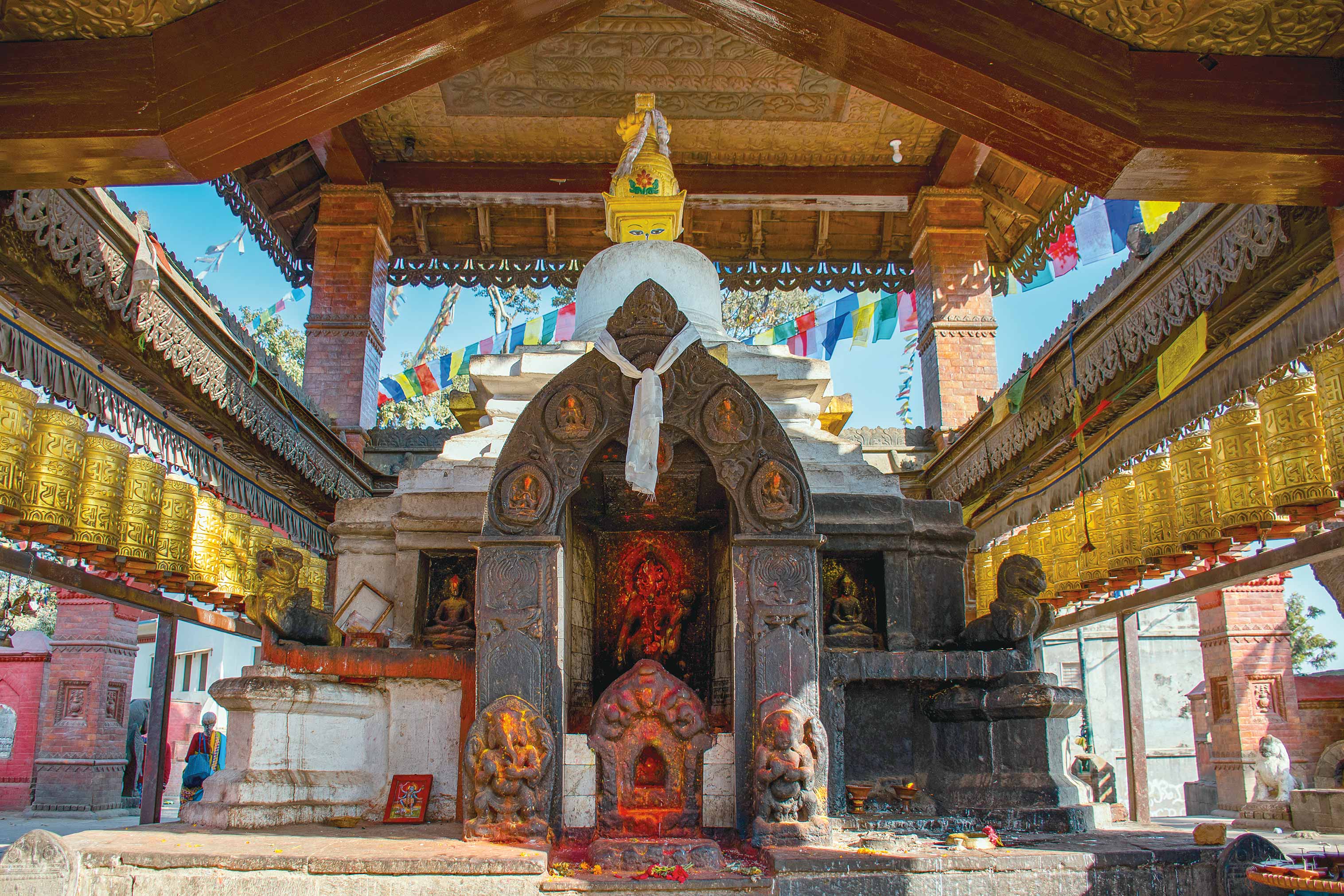If you see people smeared with white or red tikas (a traditional ritualistic symbol) on the forehead, and flower wreaths bracing their neck, they could be mistaken for having won a victory match, when in fact it is just a display of their shagun! The deities in most Hindu temples in Nepal, are cluttered with heaps of rice grains, colors, flowers and sweets. Don’t consider that messy, for it is only shagun. And if you’re leaving home for a long journey and you’re stuffed with a high calorie diet including eggs, bananas, fish and curd, it is not blatant disregard for your digestive system, its merely an offering of shagun. And refusing a shagun is definitely inauspicious in Nepali culture.
 Consider this pure courtesy or just goodwill, shagun or auspicious gifts, is a traditional practice surviving generations. Shagun, symbolic of best wishes and prosperity is exchanged during special occasions only and is reasoned for practicality to some extent. For instance, a family member leaving home on a long journey is treated with nutritious but locally available items such as bananas, fish, eggs and meat to keep them fuelled for a long time. The lack of transportation and readily available foodstuff, in ancient times is believed to have attributed to this practice. The blessings from elders in the form of tika, usually in colors of red and white, is believed to protect the bearer from evil thoughts and doings. Gifting garments, usually cotton and velvet, while visiting new mothers, is best intended for the baby’s safety and comfort. Also devotees (while fasting) are offered sweets and fruits during religious rites, to keep them nourished.
Consider this pure courtesy or just goodwill, shagun or auspicious gifts, is a traditional practice surviving generations. Shagun, symbolic of best wishes and prosperity is exchanged during special occasions only and is reasoned for practicality to some extent. For instance, a family member leaving home on a long journey is treated with nutritious but locally available items such as bananas, fish, eggs and meat to keep them fuelled for a long time. The lack of transportation and readily available foodstuff, in ancient times is believed to have attributed to this practice. The blessings from elders in the form of tika, usually in colors of red and white, is believed to protect the bearer from evil thoughts and doings. Gifting garments, usually cotton and velvet, while visiting new mothers, is best intended for the baby’s safety and comfort. Also devotees (while fasting) are offered sweets and fruits during religious rites, to keep them nourished.
Mostly elaborate shaguns are offered during wedding rituals. The family of the groom sends expensive sweets, spices, jewelries and garments to propose to the bride. And as a sign of approval the bride’s family responds by offering equally extravagant shaguns in return. It is assumed that the better the shagun, the more prosperous the family. Religiously, Tihar, the festival of lights, is the ultimate bash for offering shagun. The five day festival begins with feeding special food to crows, dogs and cows respectively for the first three days - as a sign of respect. On the day of Laxmi Puja, on which Godess Laxmi, the Hindu goddess of wealth is paid homage, houses are decorated with lights, and offerings of food and money are made to children who go around the neighborhood, singing hymns and merrymaking. The last day of the festival ends with Bhai tika or brother’s day. Sisters offer an assortment of delicacies, spices, sweets, fruits, garments and put seven colors of Tika on their brothers’ forehead. The ritual, with such shagun, is believed to elongate their brothers’ lives. Legend has the story of a sister who saved her brother from Yama, the god of death. Animal sacrifices are also considered a shagun. This is mostly carried out during Dasain and Kul puja, a certain ritual performed once a year to remember all the deceased members of one’s family. Increasingly fruits such as coconut and sugarcane are replacing animal sacrifices, especially during inaugural ceremonies of different projects.
As traditional as it is, customs similar to that of offering shagun is what breathes life into different occasions, no matter how flamboyant or trivial, in the Nepali culture!











